Gel nails offer a shiny, long-lasting alternative to traditional polish. In this article, learn what gel nails are, how they’re applied, their benefits, maintenance tips, trendy designs, how they compare to acrylics, and any side effects you should know.
1. What Are Gel Nails?
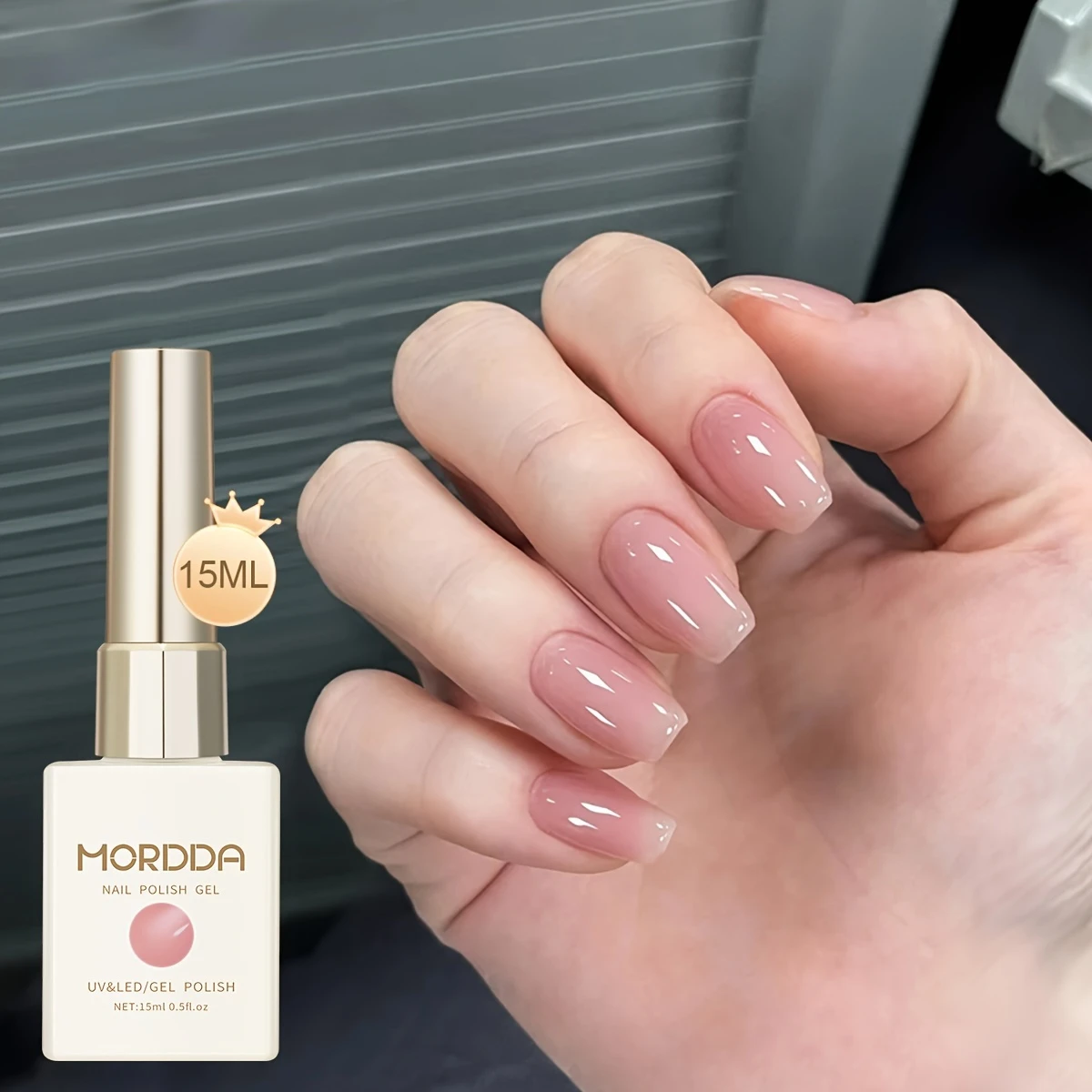
Gel nails are a type of manicure where gel-based polish is applied and cured under a UV or LED lamp. They offer a glossy finish, are chip-resistant, and last longer than regular nail polish—making them a favorite in modern nail salons.
2. How Are Gel Nails Applied?

The process begins by prepping the natural nails. A base coat is applied, followed by colored gel polish, each layer cured under a lamp. A top coat is added for shine and protection, leaving nails glossy and instantly dry.
3. Benefits of Gel Nails
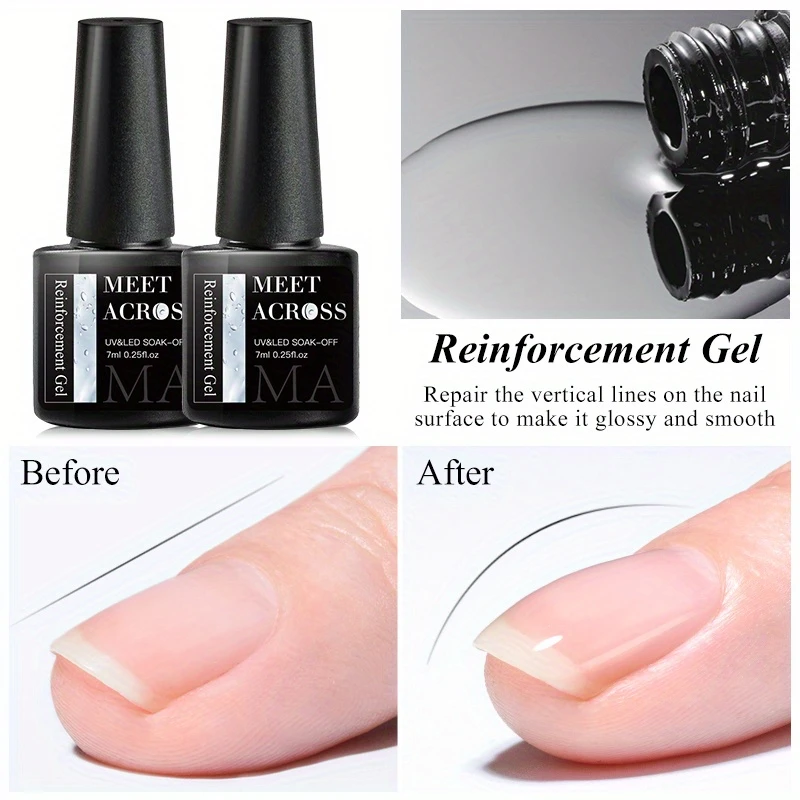
Gel nails last up to 2–3 weeks without chipping. They offer a sleek, high-shine finish and dry instantly. Ideal for busy individuals, they also strengthen natural nails and come in a wide range of colors and styles.
4. How to Maintain Gel Nails
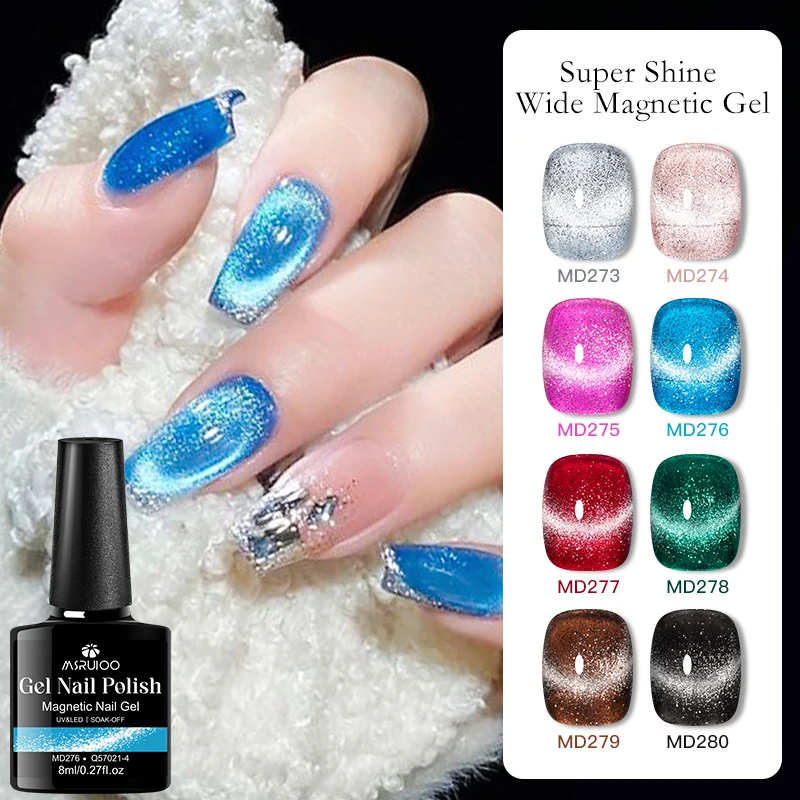
Avoid using nails as tools and moisturize your cuticles regularly. Wear gloves while doing chores. Get professional removal to avoid nail damage, and consider reapplication every 2–3 weeks for fresh, healthy-looking nails.
5. Popular Gel Nail Designs
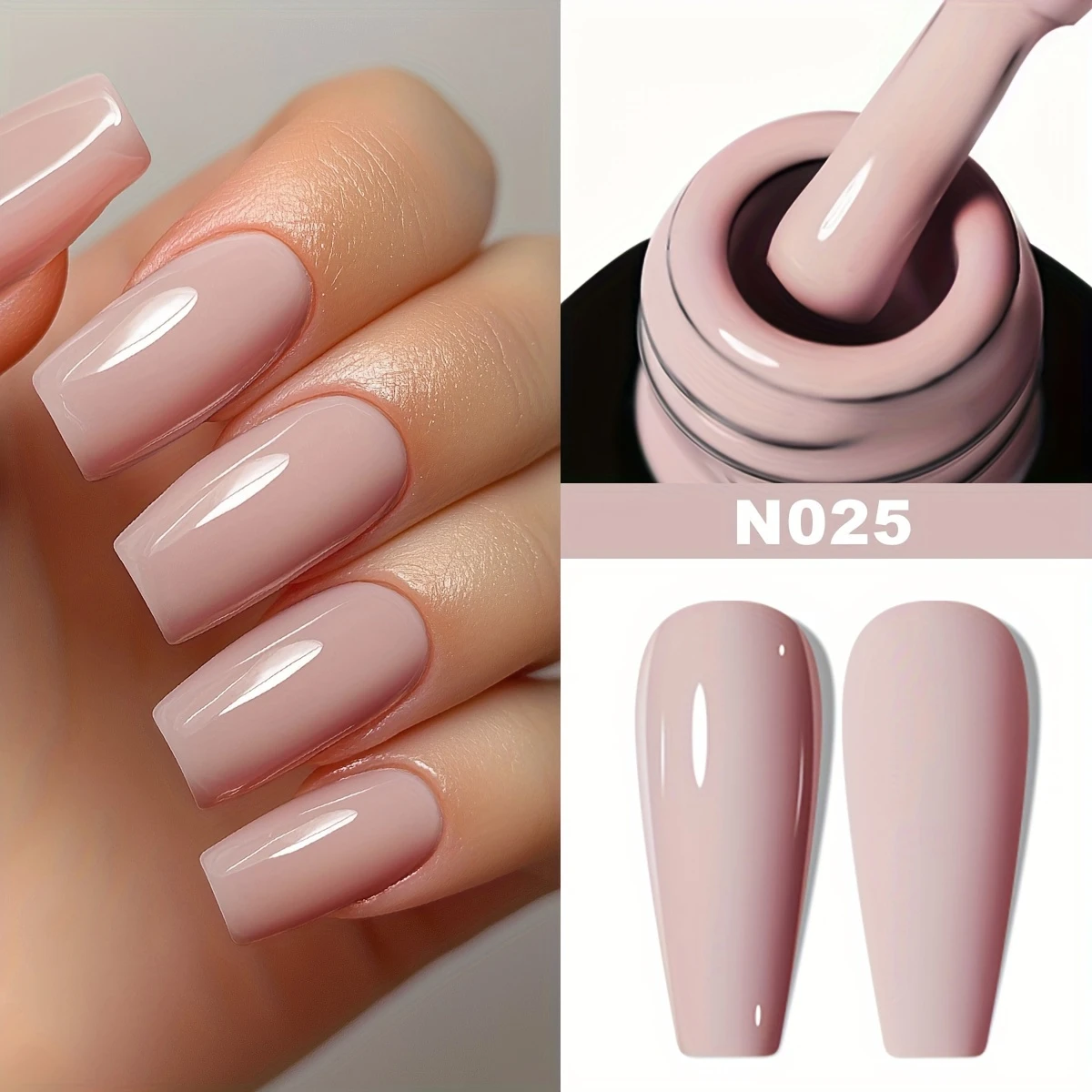
Trendy gel nail designs include ombré fades, chrome finishes, minimalist art, and seasonal themes. Whether you prefer subtle elegance or bold art, gel nails can be customized to suit any style or event.
6. Gel Nails vs. Acrylic Nails
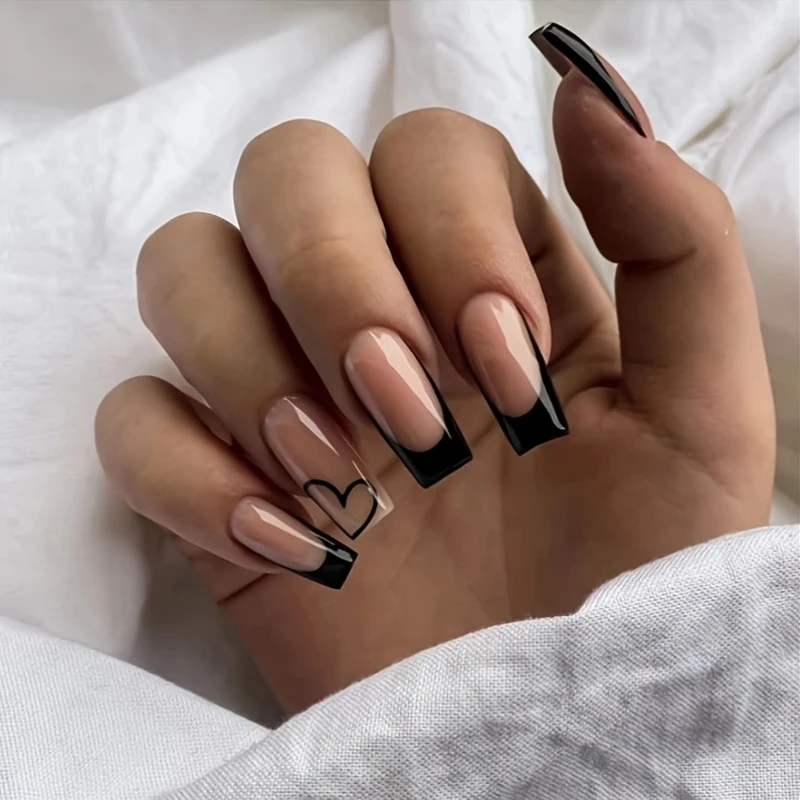
Gel nails are flexible, lightweight, and offer a more natural look. Acrylics are stronger and better for length and structure. Gel is ideal for shine and polish, while acrylic suits dramatic shapes and durability.
7. Side Effects of Gel Nails
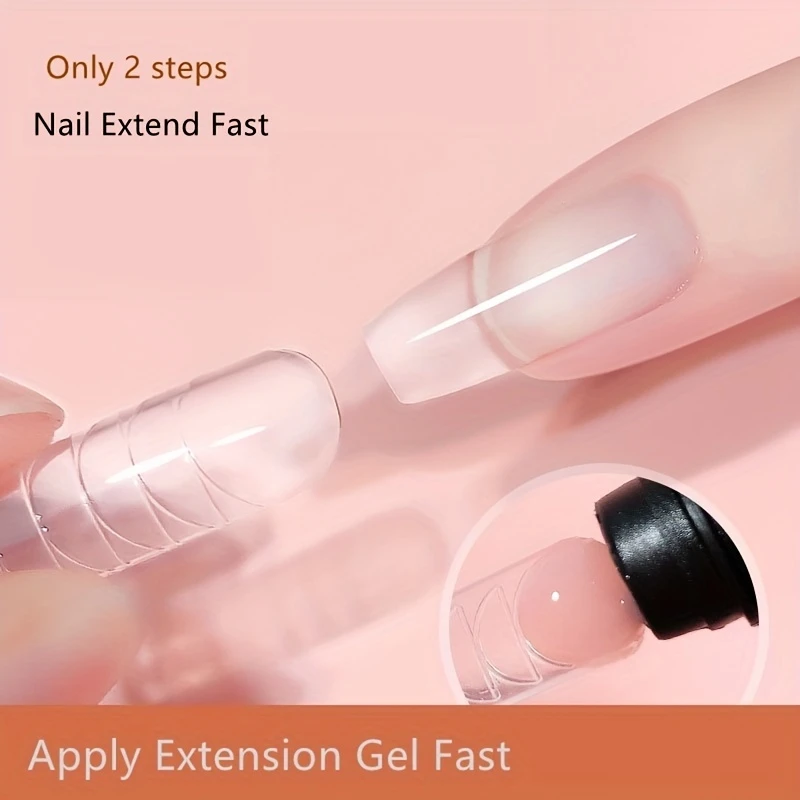
Overuse or improper removal can thin natural nails and cause peeling. UV exposure during curing may raise skin concerns. Using sunscreen or gloves during curing and taking nail breaks between manicures can help maintain nail health.









